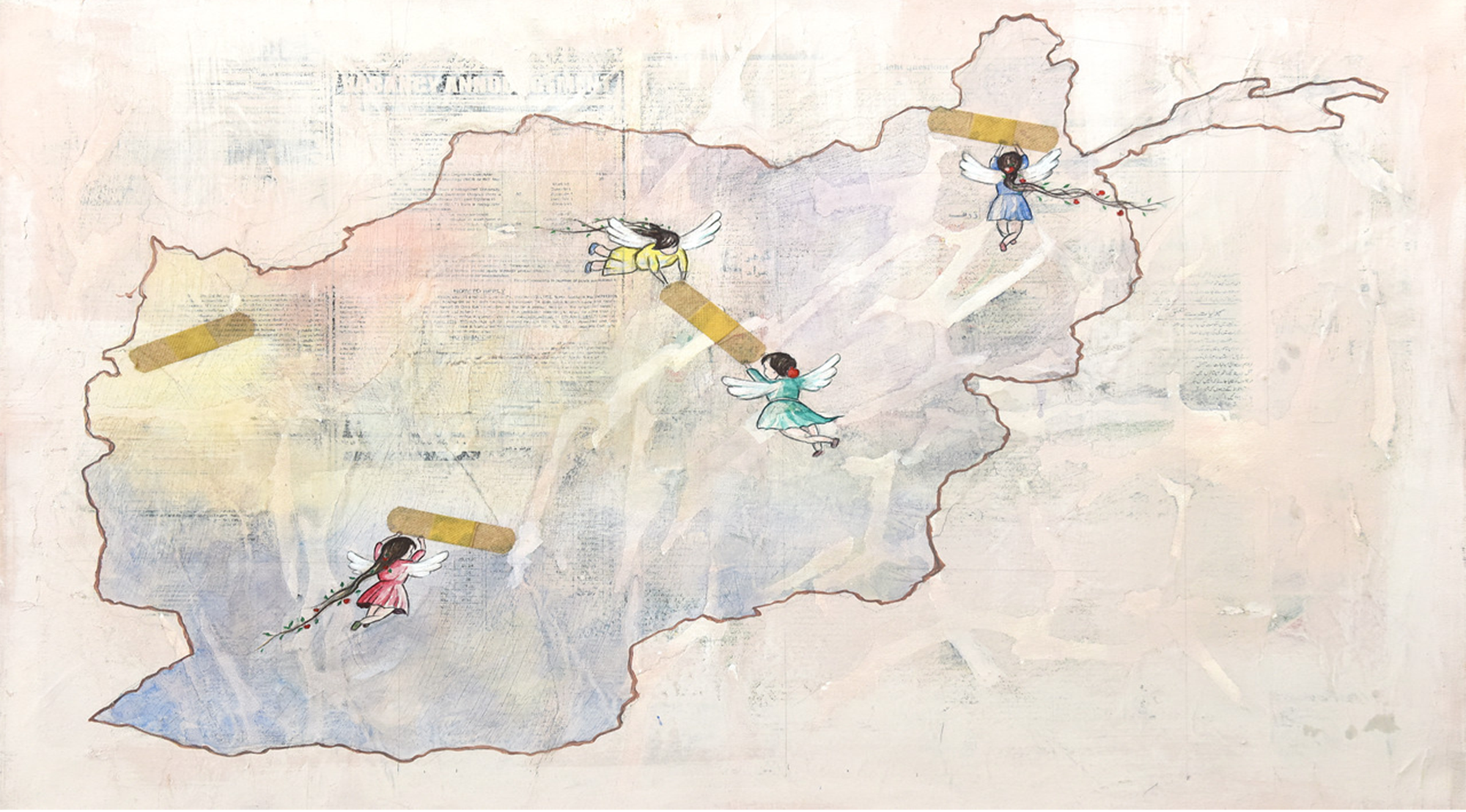The Taliban takeover of Kabul on 15 August 2021 forces us to critically reflect on peacebuilding efforts over the last 20 years. Peacebuilding efforts were often fragmented, with some NGOs involved in troublesome rivalries and competition. As argued in a swisspeace (2019) mapping of peacebuilding actors in Afghanistan, many NGOs evolved in a competitive, donor-driven, and project-oriented environment; activities remained project-focused and often lacked a clear link to a long-term vision for peace.[1] Peacebuilding activities, including for example, education, conflict resolution, and consultations undertaken at national and local levels and in different geographical areas, lacked coordination and were implemented in parallel, leading to duplication of efforts.
Since 2018, peacebuilding efforts also focused strongly on ‘negative peace’ to retake the famous phrase by Johan Galtung as the U.S. administrations began engaging in a political process with the Taliban. The primary objective of the process was ensuring the safe withdrawal of U.S. military troops and incorporating the Afghan Taliban in an administrative setup, thus ending armed conflict in the country.[2] Following these objectives, many peacebuilding activities focused on consultations and dialogues’ at the national level to identify issues that should not be compromised in negotiations for a political settlement, including constitutional amendments, or fundamental rights (especially women’s rights). Discussions on how Afghanistan might find positive peace at the local, everyday level where reconciliation must be grounded for a more peaceful social and political reality to emerge were far less frequent.
An even bigger problem was the relative absence of peacebuilding activities explicitly focusing on the role of religious civil society. Religious actors have considerable influence in Afghan society in questions of morality, ethics, and politics. However, while civil society was considered central to the post-2001 peacebuilding process, international actors paid limited attention to the role religious actors could play in peacebuilding. This is partly because Afghan religious authorities are often informal and not organized as NGOs, thus ‘invisible’ to western donors. The values of religious and ‘secular’ civil society may also be in conflict.[3] However, acknowledging and engaging the role of religious civil society in peacebuilding would arguably have had a greater impact. Unfortunately, now with the Taliban in power, the space for peacebuilding might have closed completely.
[1] Dieser Trend wurde bereits in der Afghanistan EU Country RoadmapAfghanistan EU Country Roadmap for Engagement with Civil Society 2018 – 2020, which included a section on conflict prevention and peacebuilding and Durand, M. (2015). Panorama of civil society organizations in Afghanistan: From the perspective of coordination, ACBAR report. See http://www.acbar.org/upload/1471243125467.pdf
[2] https://www.cfr.org/article/what-know-about-afghan-peace-negotiations
[3] https://blogs.lse.ac.uk/religionglobalsociety/2018/09/peacebuilding-in-afghanistan-the-role-of-religious-civil-society/


